Unveiling Customized Model Automobiles, Motorcycles, Plane and Boats with 3D Printing
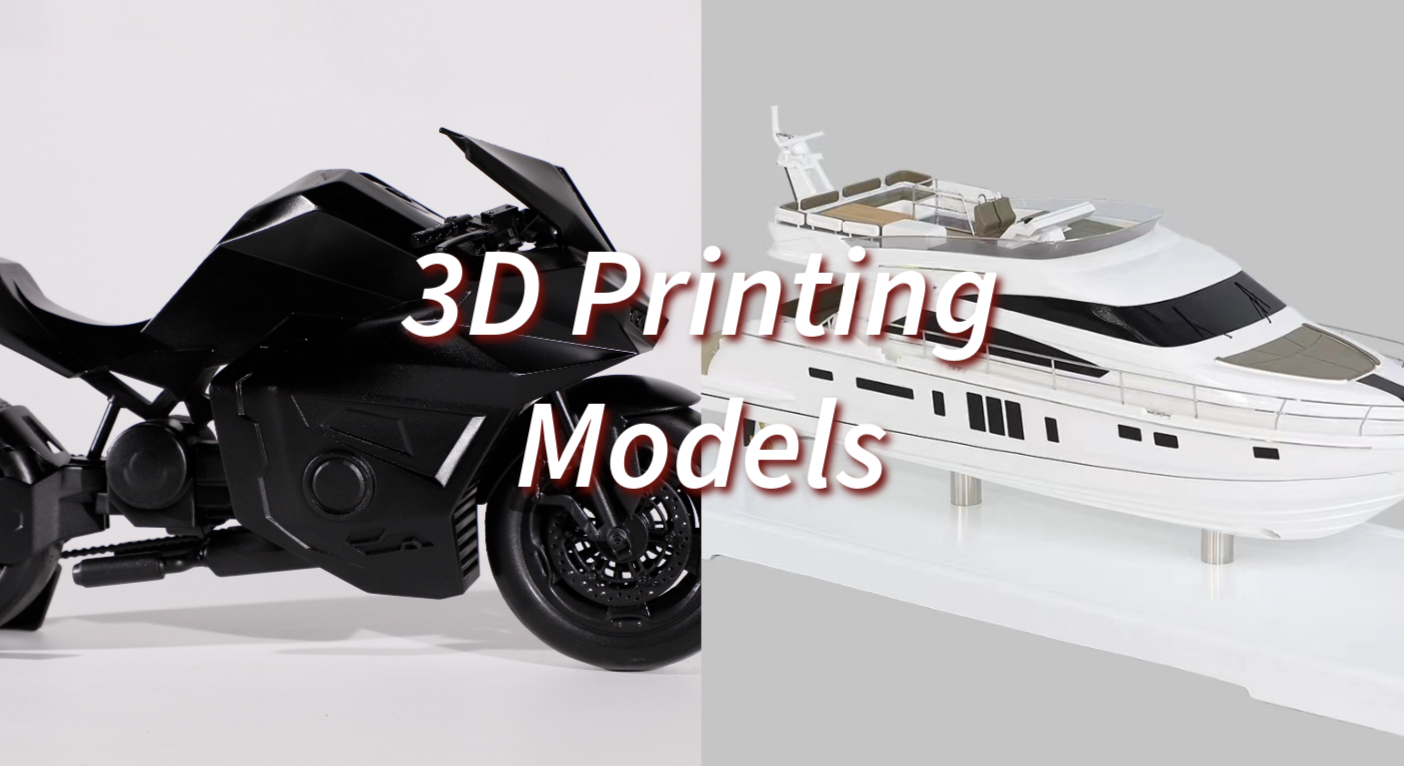
This article explores the immense possibilities that 3D printing opens up for customizing highly detailed model cars, motorcycles, plane and boats.
Introduction
The Allure of Bespoke Models
For enthusiasts of cars, motorcycles, plane and boats, few things are as satisfying as owning a highly customized, one-of-a-kind model of a beloved vehicle.
In the past, creating unique model vehicles required extensive manual customization, limiting options. But the rise of 3D printing technology has opened amazing new possibilities for making customized models that reflect individual style and preferences.
New Possibilities with Additive Manufacturing
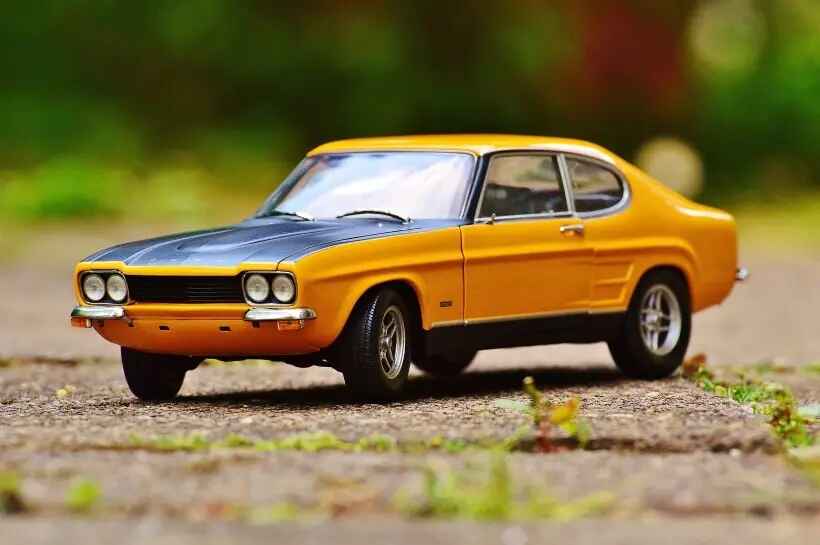
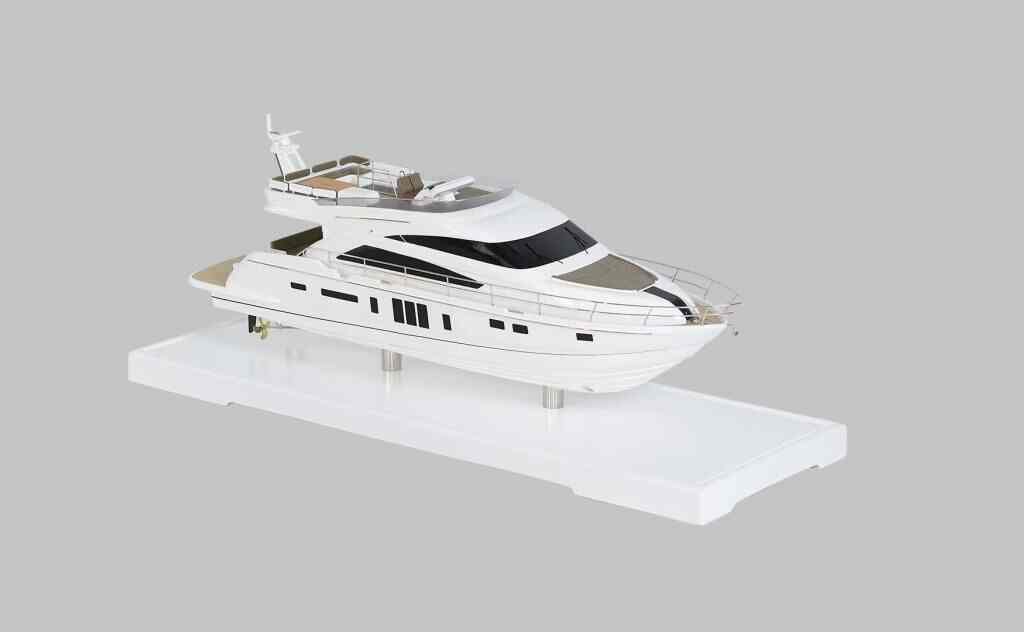
3D printing allows for a level of customization and personalization for models that was incredibly difficult and expensive to achieve previously.
With the ability to 3D print customized bodies, interiors, wheels, and intricate moving parts, models can now be tailored and unique down to the smallest details.
For collectors and hobbyists, this enables models of rare, expensive, or even purely conceptual vehicles that would have been impossible to produce before.
Traditional Models vs. 3D Printing: The Evolution
Handcrafting Traditional Models
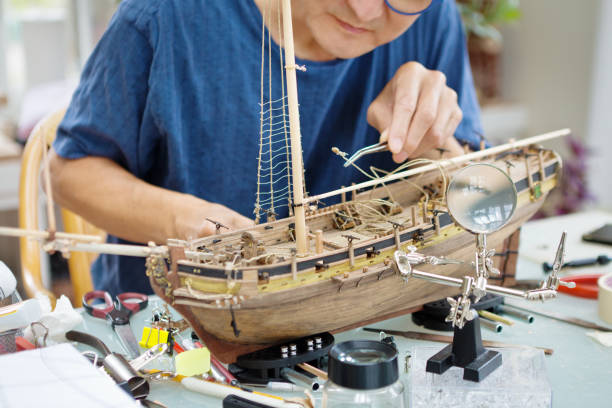
For decades, creating model vehicles was an extremely manual process, relying on meticulous craftsmanship.
Modelers would shape bodies from clay or carve them from wood. Parts were cast in plaster or resin molds. Intricate details were added slowly by hand.
Although beautiful works could be produced, the process was labor intensive and limited.
The Benefits of 3D Printing
3D printing has revolutionized model-making, providing advantages in accuracy, complexity, and customization.
Accuracy
Designs can be rendered in 3D software and then precisely printed, capturing the most minute details of a vehicle.
Complexity
Complex moving parts and mechanisms that would be near impossible to make manually can be printed fully assembled and functional.
Customization
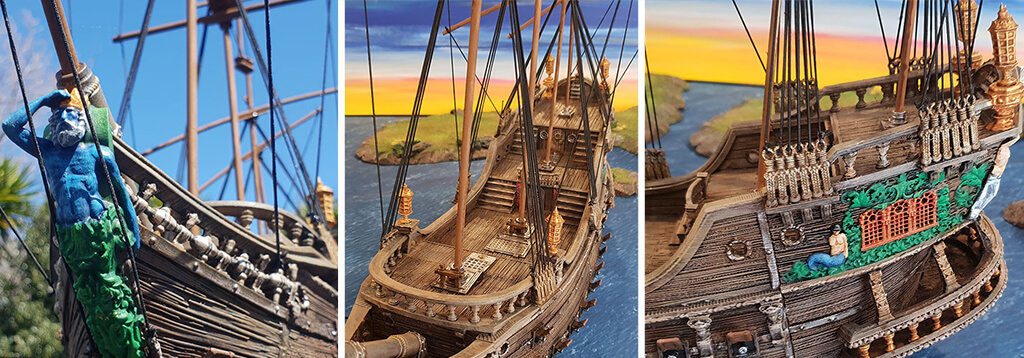
Because prints can be easily modified, modelers now have the freedom to completely customize vehicles, from the exterior styling to the interior trims.
Enhancement Through Traditional Techniques
Completed prints can also be further enhanced with traditional modeling techniques like painting and weathering for realism.
3D Printing Model Cars, Motorcycles, Plane and Boats
Model Automobiles
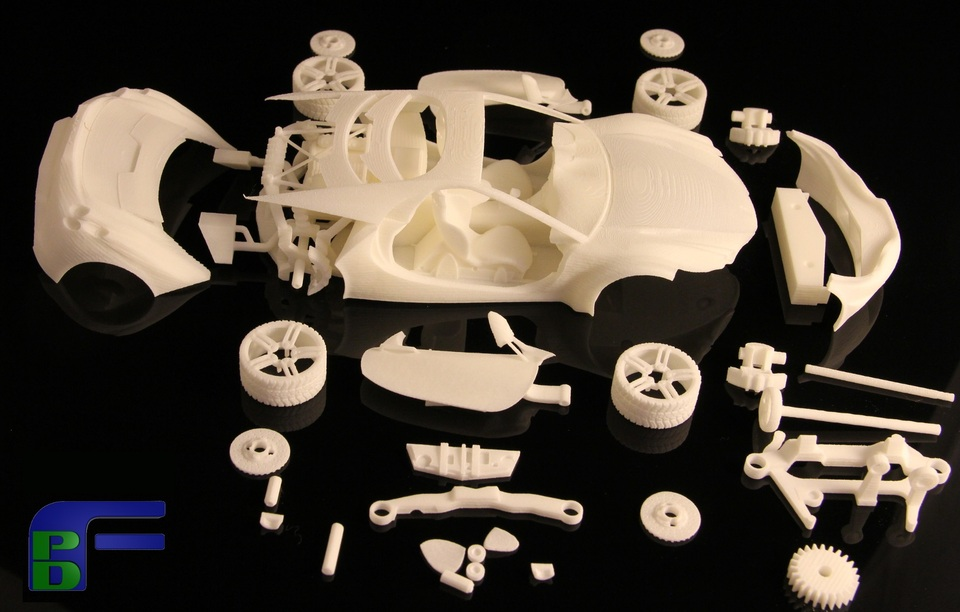
3D printing empowers creators to fully customize model cars from the exterior styling to interior details. Bodies, wheels, trim pieces and more can be printed to match real-world vehicles or imagined concept cars.
Models of rare, expensive, and one-off automobiles can be created with accuracy. Brand logos and badging can be accurately recreated.
Finished prints are then able to be wet sanded, primed, painted, and detailed using traditional modeling techniques for realism.
Model Motorcycles
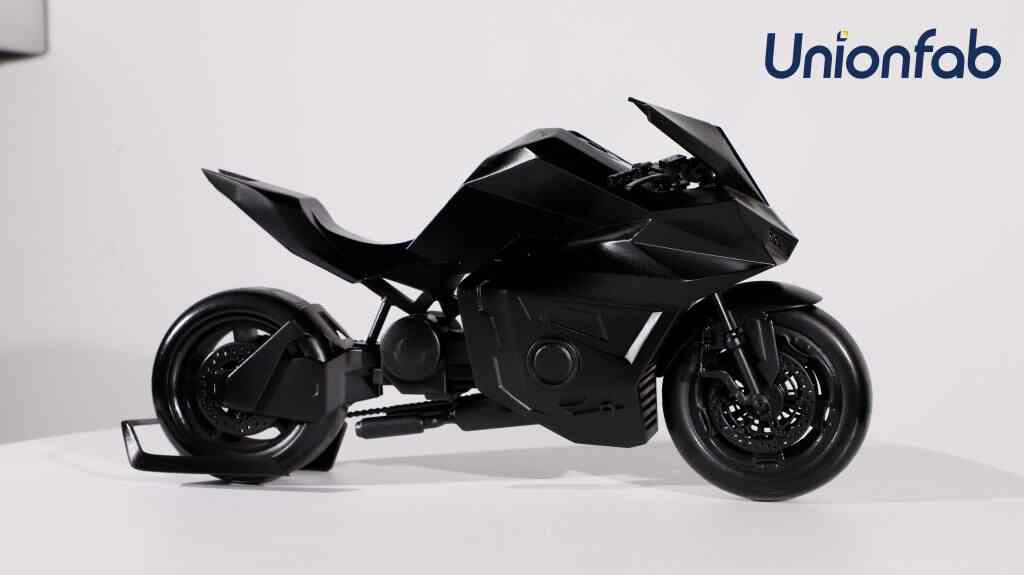
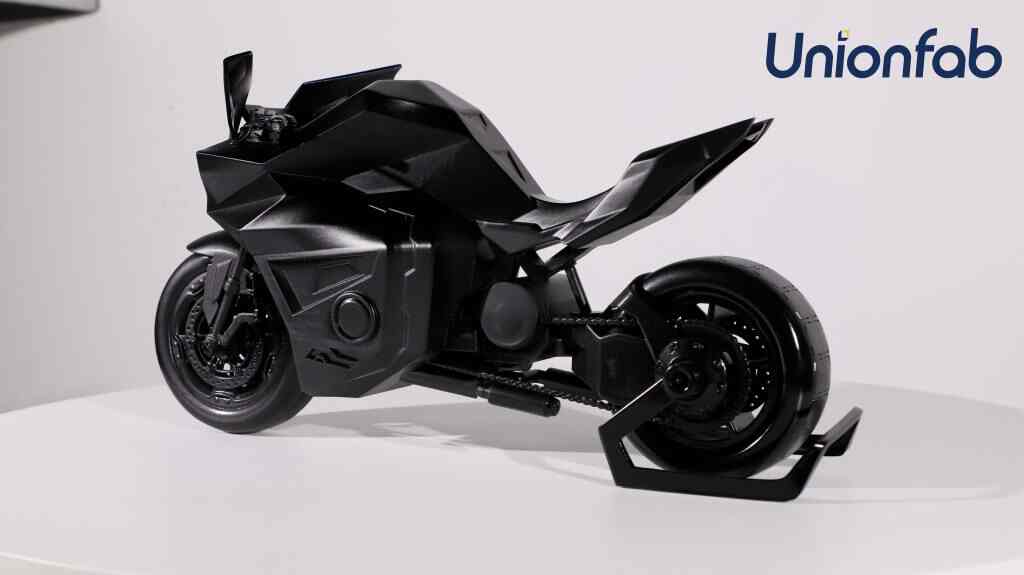
The modeling freedom allows constructing completely unique sportbikes, choppers, dirt bikes or café-racers. Builder's concept bikes can be modeled before being full-sized. Extreme levels of accuracy and part integration are possible.

Model Airplanes
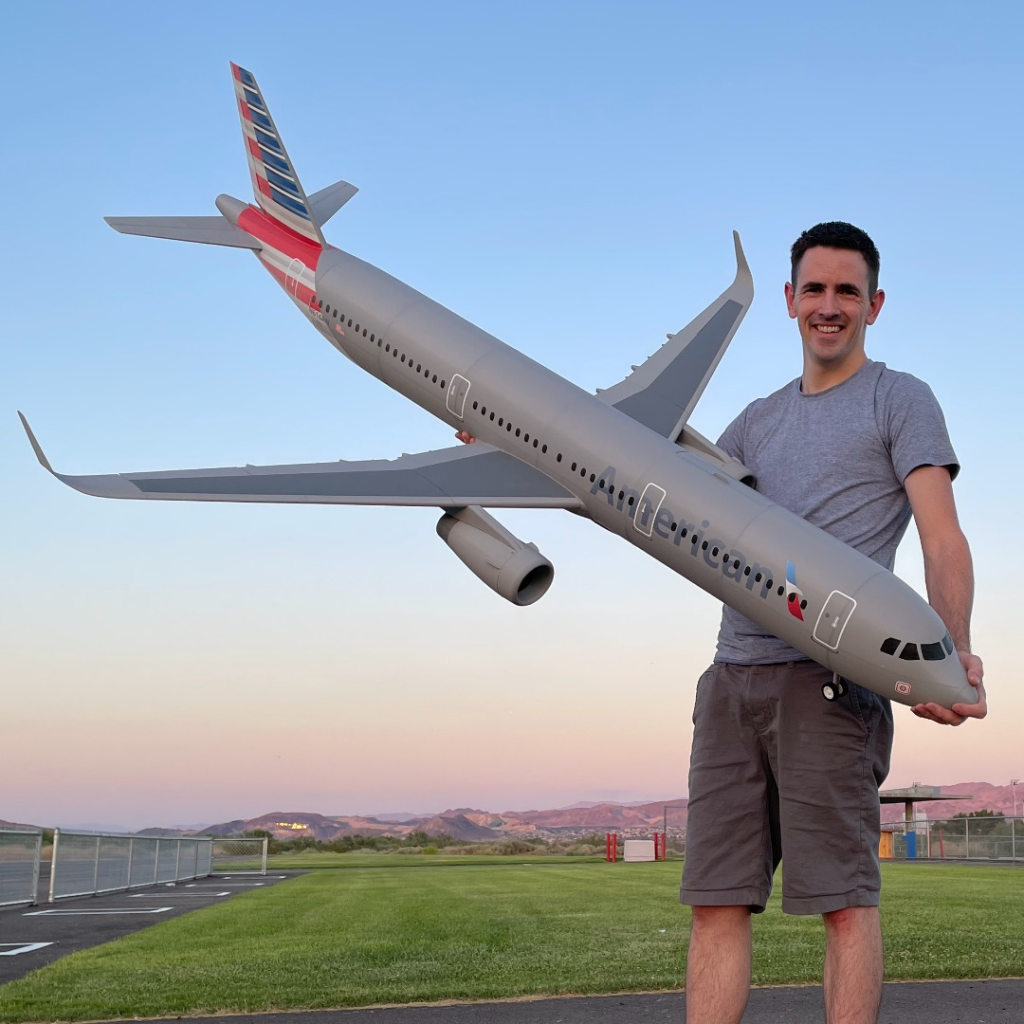
3D printing provides a platform for aviation enthusiasts to craft customized aircraft models. This technology enables enthusiasts to replicate iconic aircraft with remarkable fidelity.
From the classic curves of World War II fighters to the sleek lines of modern jets, from wings and fuselage to landing gear and cockpit interiors, every aspect of a model plane can be tailored to match the desired vision.
3D printing technology excels in creating intricately detailed components. This level of precision not only enhances the model's visual appeal but also allows for functional elements like retractable landing gear or movable control surfaces.
Model Boats
From historic ship miniatures to modern racing yachts, 3D printing enables highly-detailed model watercraft. Hulls, decks, and superstructures can be printed together as complete models or in sections for larger vessels.
3D Printing and Materials for Model Vehicle
SLA Printing
Stereolithography (SLA) uses an ultraviolet laser to selectively cure and solidify photopolymer resin layer-by-layer. The liquid resin allows for very smooth surface finishes and precise details down to 25-50 microns. SLA is ideal for smaller models focused on aesthetics and fine elements. The process can produce translucent effects in resin. Limitations include resin brittleness and limitations on model size.
SLS Printing
Selective laser sintering (SLS) takes a laser to selectively fuse powdered material, usually nylon or polymers. This allows functional parts with the strength of injection molding. SLS can make interlocking parts or working assemblies since unused powder provides support. The layer powder approach allows flexibility. Downsides are lower resolution on details and porous, grainy surfaces.
FDM Printing
Fused deposition modeling (FDM) uses a heated nozzle to extrude thermoplastic filament material layer-by-layer. ABS and PLA are commonly used. Parts are more durable than resin, affordable, and widely accessible. FDM excels at larger, functional components versus fine details. Multi-head printers allow multi-material prints. The main downsides are layer lines and slower speeds than other methods.
SLM Printing
Selective laser melting (SLM) uses a laser to fuse metallic powder, often titanium or aluminum. Produces highly durable metal parts with strength meeting or exceeding machined metal. Used for realistic exposed engine components.
Material Considerations
When 3D printing models, materials are key to achieving the desired characteristics and functions.
Plastics like ABS and PLA allow iterating on designs quickly and affordably before final prints.
PLA can achieve decent detail while ABS is more durable.
Cost effective and widely available.
Resins offer the smoothest surfaces and finest details.
Ideal for scale models focused on aesthetics.
Can also be translucent. More brittle than other materials.
Powdered metals like stainless steel, aluminum, and bronze are utilized, often in Binder Jetting.
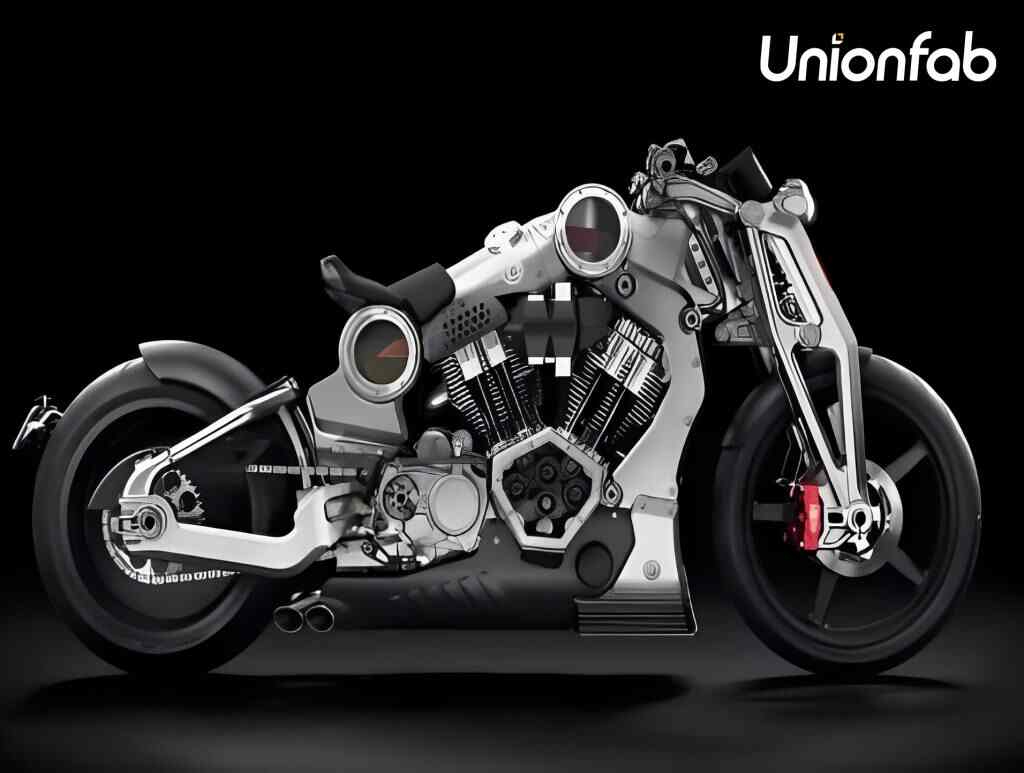
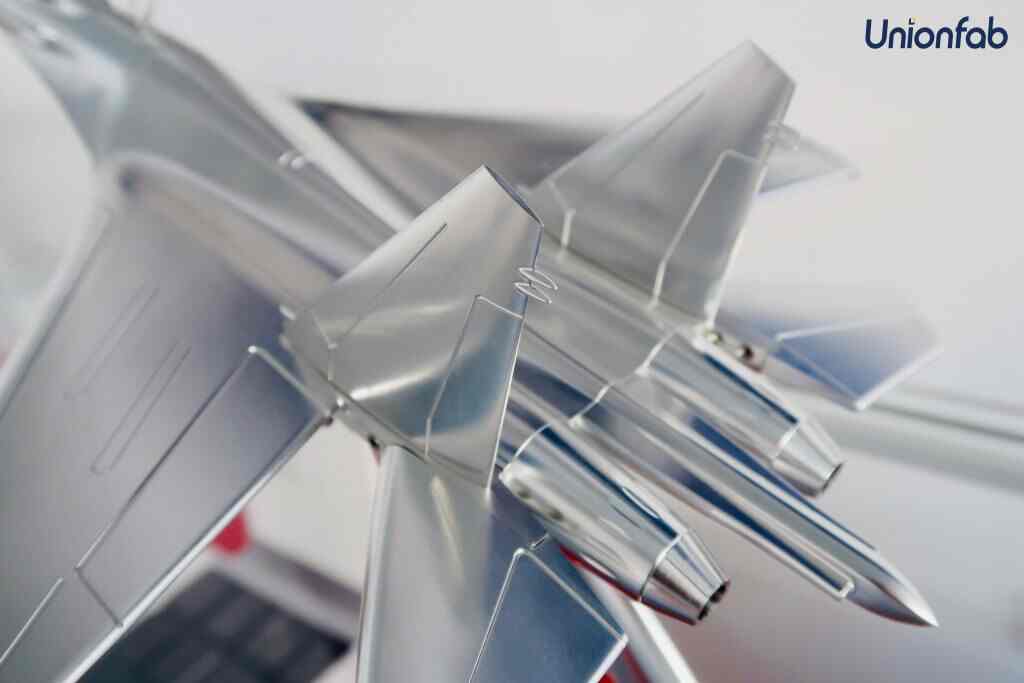
Great realism for exposed engine components. Allows weight for gravity models.
Expensive and slower to print.
Flexibles like TPU and TPE create functional components like tires and suspensions.
Properties like rubber while still printable.
Ensure scale vehicles or RC models move realistically.
Post-Processing Methods for 3D Printed Models
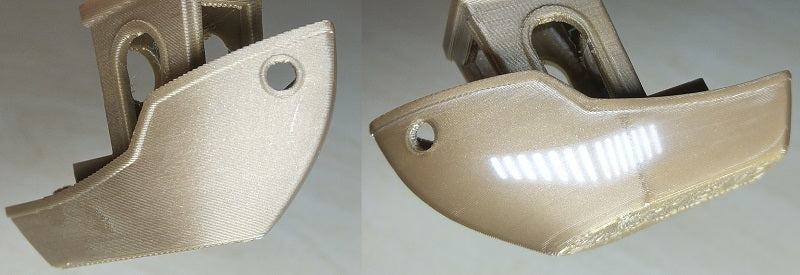
Source: 3D Sourced Smoothing 3D Prints: How To Smooth PLA to a Mirror Finish
Post-processing takes raw 3D printed models to the next level through refined finishing techniques. Here are some key methods used:
Sanding - This is likely the most universal post-processing method. Sanding, filing, and buffing the model using progressively finer grit sandpaper or abrasive tools smooths the layered stepping lines and imperfections on the surface of the print. The model can be sanded by hand or using a motorized rotary tool.
Polishing - After sanding, wet sanding with progressively finer grits or use of polishing compounds can achieve a shine on the surface. Plastic polishing and buffing wheels are often used for polishing 3D prints.
Vapor smoothing - Exposing the model to the vapors of solvents like acetone or ethyl acetate produces a smoothing effect by slightly dissolving the outer surface. This technique requires proper ventilation and care, but results in a glossy smooth finish.
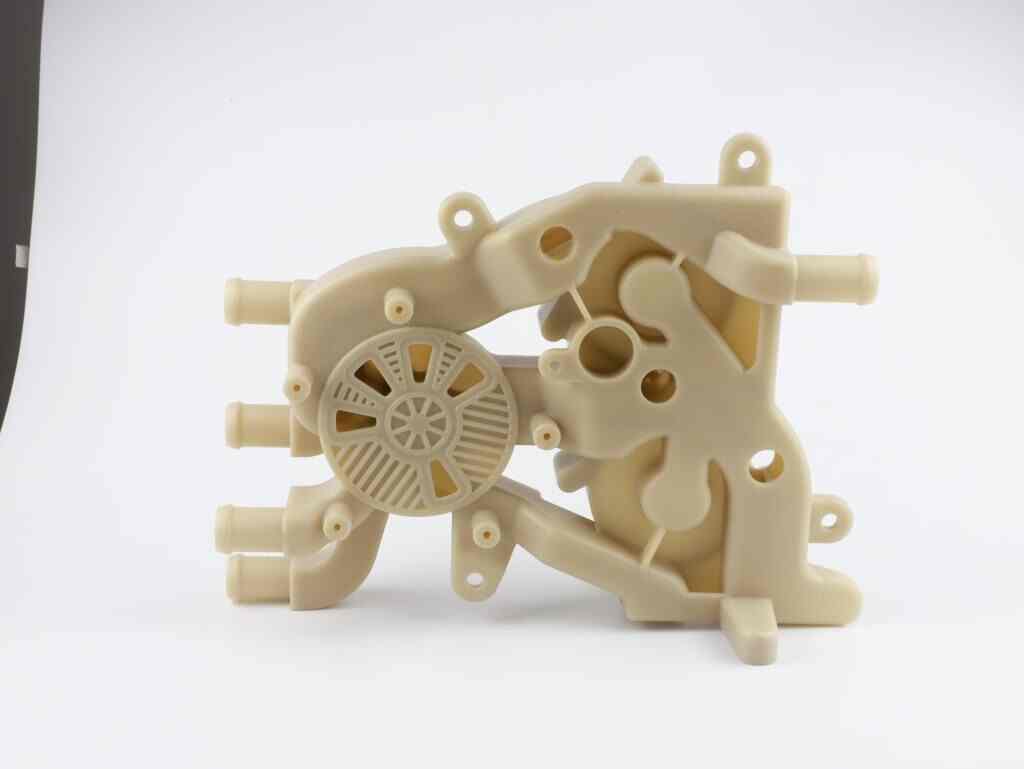
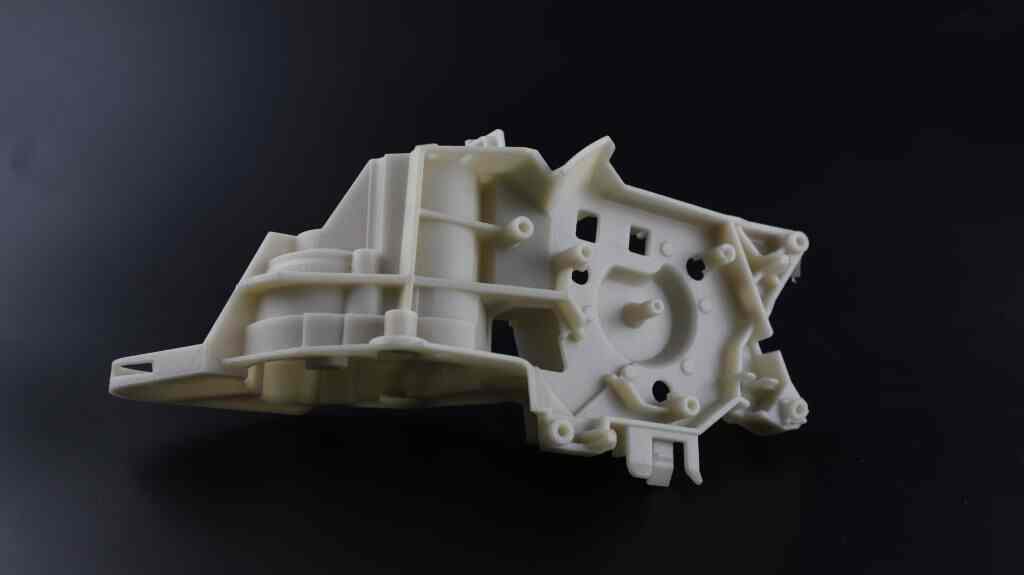
Heat treatment - For materials like ABS, careful application of heat from a heat gun can be used to smooth layer lines and make the surface more homogeneous. Caution is needed to avoid distortion.
Priming/painting - Applying primer fill helps fill in layer lines and creates a uniform surface for painting. Painting allows full control over the color and appearance of the finished model. Airbrushing is commonly used for smooth, even coverage.
Epoxy coating - Brushing or dipping the model in epoxy resin creates a glassy protective outer coat. The epoxy self-levels to produce a glossy smooth surface. Multiple coats can be applied for added strength.
Weathering - Techniques like oil washes, dry brushing and powder create realism through replicated wear and aging on specific areas.
Clear Coating - Clear coats protect finished paint jobs and weathering effects. Provides realistic glossiness while preventing paint damage.
Assembly - Securing multipart models provides seamless connectivity with no gaps. Allows large models.
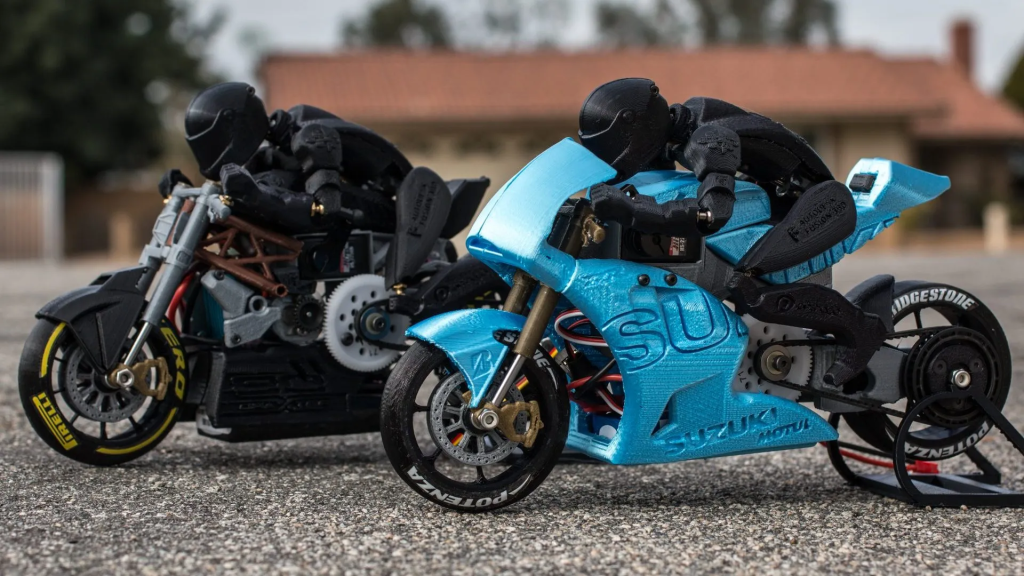
Detailing - Adding precision elements like mirrors or figures brings models to life. Custom branding logos increase authenticity.
Personalized Treasures: 3D-Printed Models as Unique Collectibles
Unlocking Accessibility Through 3D Printing
No longer constrained by traditional manufacturing processes, enthusiasts and collectors can now commission or even design their dream model vehicles.
3D printing allows responding to demand for customizable models with an individualized touch. This technology empowers manufacturers to offer customers bespoke models reflecting their passions.
Between Mass Production and Bespoke Craftsmanship
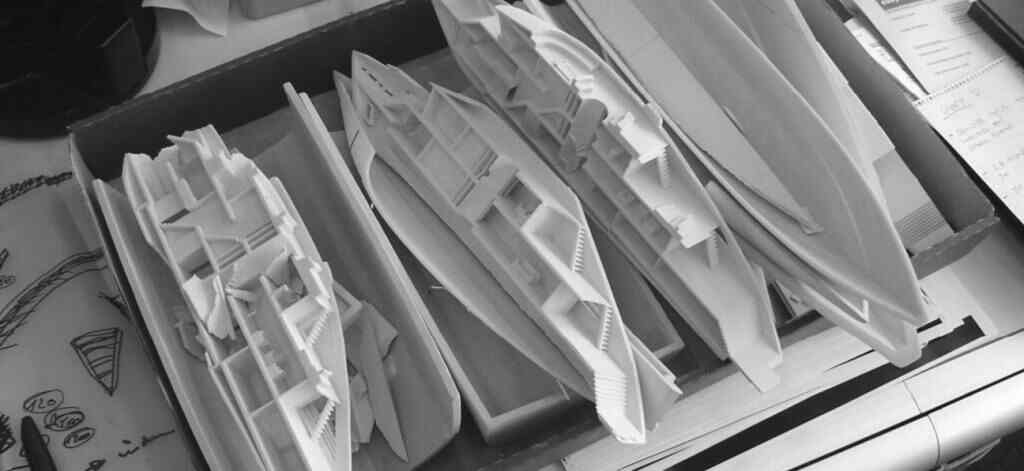
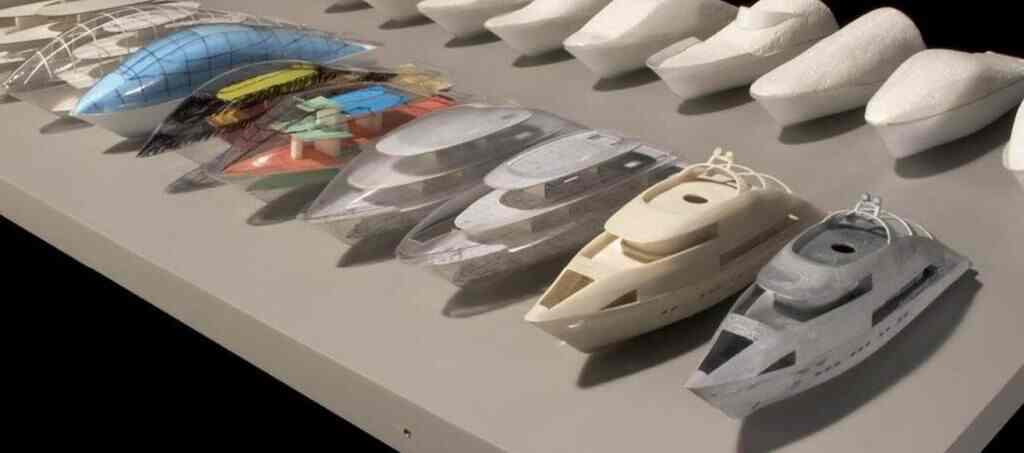
In the realm of collectibles, a delicate balance must be struck between mass production and bespoke craftsmanship. While mass production caters to a broader audience and ensures affordability, bespoke craftsmanship elevates models into unique works of art.
3D printing is here offering a middle ground, enabling limited production runs that cater to niche markets while preserving the essence of exclusivity.
Empower Your Creative Journey with Unionfab
Our Expert team at Unionfab brings advanced additive technology, a passion for innovation, and uncompromising quality.
Whether you’re a manufacturer seeking to prototype intricate models or a visionary aiming to realize your designs, Unionfab’s service empowers your creative journey.
Get started now and acquire your free quote!
Interested in learning more? Reach out and explore how we can help bring your vision to life.

